Living
The Most Expensive High Schools In The United States, Ranked

We all know just how expensive college can get, with high tuition, dorm fees, books, and living costs. Most parents spend the first 18 years of their children’s life saving up for the high expenses of college. However, sometimes parents may have to dip into these savings a little early with some highly sought after high schools.
Today, we’ll look at some of the most expensive high schools in the U.S and see what makes them so desirable. The tuition on #1 is mind-blowing.

25. St. Thomas More School – $53,900
This school is the destination for basketball hopefuls. It has a long history of students who went on to play Division 1 basketball as well as playing in the NBA. Basketball isn’t all that’s offered at this all-boys school; they thrive to improve boys’ personal growth and shape them into the leaders of tomorrow. They’re also a school focused strongly on the Christian faith.

24. Linden Hall – $54,200
Linden is an all-girls school founded in 1746 with an abundance of programs and opportunities for girls. It considers itself a school where girls can thrive and develop leadership skills and build confidence. They offer flight training for girls to potentially gain a there private pilot license as well as a riding program filled with state of the art facilities such as a cross-country course. Tuition is $54,200 per year.

23. The MacDuffie School – $55,450
The MacDuffie School is a college preparatory school located in Massachusetts with a vision beyond just academically preparing students for the future with high ethical standards and individualism. There are currently 193 students enrolled, with more than 50% being international students, so diversity is a big deal. You can also expect fancy, well-prepared meals through Sage, which even has a phone app. Tuition is $55,450 per year.

22. Grier School – $55,900
This all-girls school in Pennsylvania costs $55,900 per year, but you will quickly find out why. Currently, there are 300 students enrolled, with the largest class having 14 students and classes as small as four students to provide an immersive learning experience. Besides the 21 AP courses offered here, they specialize in fine arts, dance, music, and horse-riding to push the limits of what these girls can accomplish.
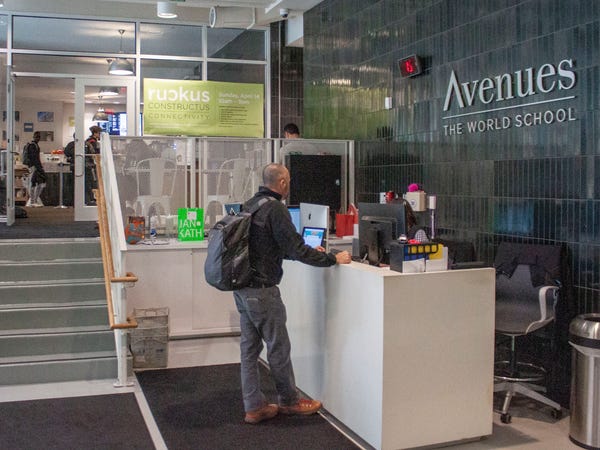
21. Avenues: The World School – $56,400
Located in Manhattan, this private school also operates campuses in three other cities across the globe, where students are also allowed access. While their education is top-notch, that’s not the only thing that attracts wealthy parents. They offer after school programs such as art, music debate, chess, and much more to keep the mind active. Not only is the facility state of the art, but children receive transportation to and from school. This comes with a hefty price of $56,400 per year.

20. Woodberry Forest School – $57,250
Woodberry Forest School has one goal, and that is to prepare boys for the future. They promote moral integrity, intellectual thoroughness, and good sportsmanship. There is a squash pavilion, football stadium, wrestling room, basketball gym, and so much open space to play things like frisbee or catch with your friends. It’s a captivating experience that aims to create future leaders of the world. Tuition is $57,250 per year.
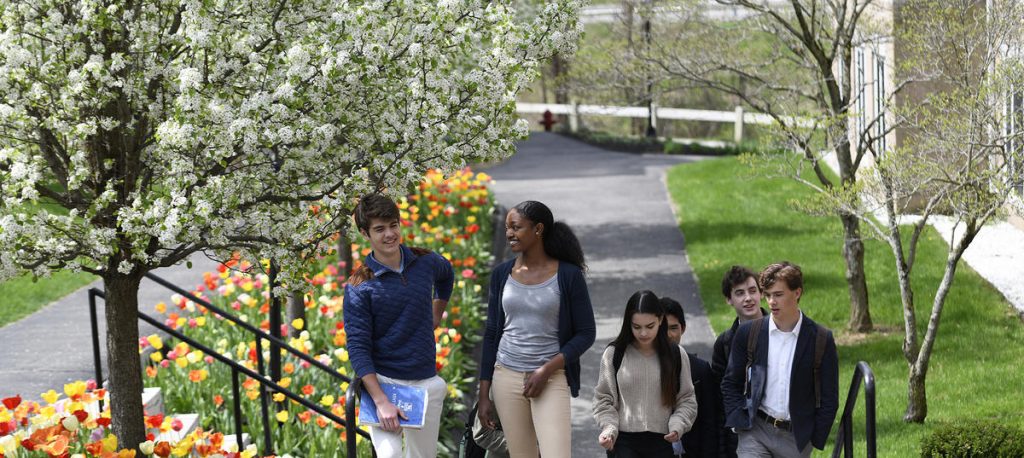
19. Kent School – $58,400
This private school in Kent, Connecticut, promises to deliver a unique experience to its students through participation and individualism. There are 172 courses, 28 AP courses, and 56 clubs and organizations, so there is always something to keep you busy. Students are pushed to exit their comfort zones and try something new to expand their minds. Tuition is $58,400 per year.
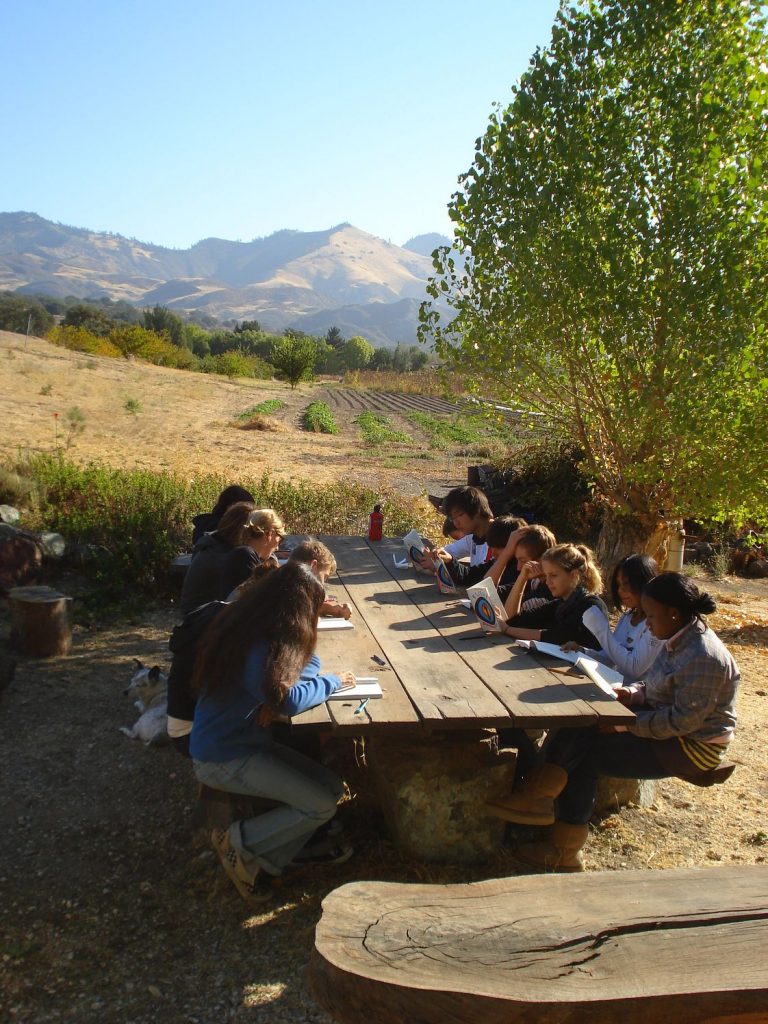
18. Midland School – $58,600
There is no better way to learn than by actually doing the task, and no school incorporates this quite like Midland. Located in California on a 2,860-acre ranch, Midland is a hybrid of a high school and ranch. Students here live in cabins and have their phones confiscated to lessen distractions and keep them engaged. They are taught hands-on lessons like maintaining the farm, chopping wood, and gardening. By the way, they do all of this while having to keep up with their classes. Tuition here is $58,600 per year.

17. The Hill School – $59,050
The Hill School is one of the most well renowned private schools in the U.S, so much so that the president’s son, Donald Trump Jr, attended there. They provide a tight-knit experience where teachers and students are well engaged in creating a great learning experience. There are athletic programs offered, such as Football, golf, soccer, field hockey, and water polo, to name a few. Tuition is $59,050 annually.

16. Northwood School – $59,920
Northwood is a boarding school located in New York that offers a college-prep curriculum with an average class size composed of 10 students. They offer a wide variety of programs outside of academics, such as an Entrepreneurship course, outdoor recreation, and community service. Not every student is required to live on campus, and they also offer a post-graduate year program. Tuition is $59,920 per year.

15. Episcopal High School – $60,900
EHS resides in Virginia on 130 acres of land. It has a 50/50 % ratio of boys to girls with all students living on campus. There are over 150 courses offered, with 75 being honors and advanced. Classes are very engaging, with an average class size of 11. Students also engage in Washington Program experiences to get hands-on experience. Tuition is $60,900 per year.
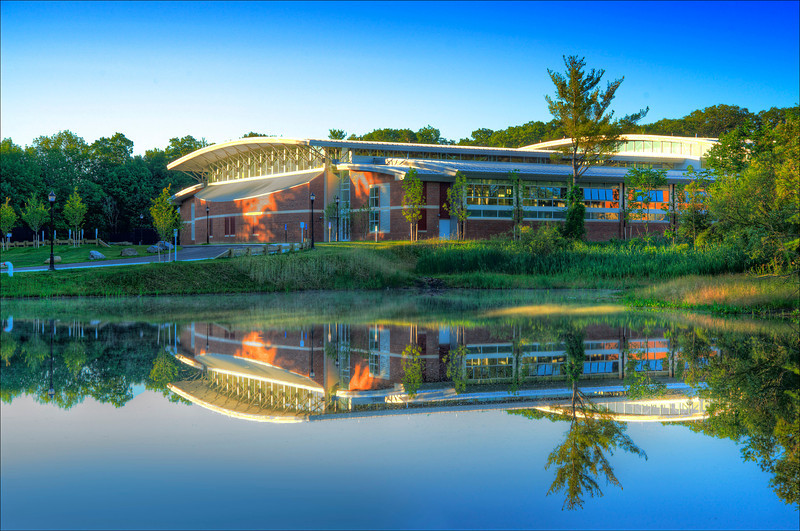
14. Salisbury School – $61,000
This school has everything from the state of the art athletic facilities to advanced classes. It is an all-boys school located in Connecticut and lies on 725 acres. They offer 15 advanced AP classes and project-based learning opportunities such as Boat Building, Digital Media, and Entrepreneurial Studies. Their goal is to provide students with all the tools necessary for a successful future in college and beyond. Tuition is $61,000 per year.

13. The Storm King School – $61,700
The Storm King School was founded in 1867 in New York and resided on 55 acres of land. There are 195 students currently enrolled, with an average of just eight people per class. They provide academic services such as world languages and ESL. Graduation requires a total of 20 credit hours of intense work that keeps students engaged and develops their thinking. Tuition is $61,700 per year.

12. St. Paul’s School – $62,000
This 2,000-acre campus located in Concord, NH, provides 145 academic offerings, 60+ student clubs, 17 different sports, and an average class size of 10. Involvement is a big deal in this school, as all students are expected to be a part of at least one sports team. 38% of their students currently receive some form of financial aid as they have packages designed for all forms of income. Tuition is $62,000 per year.
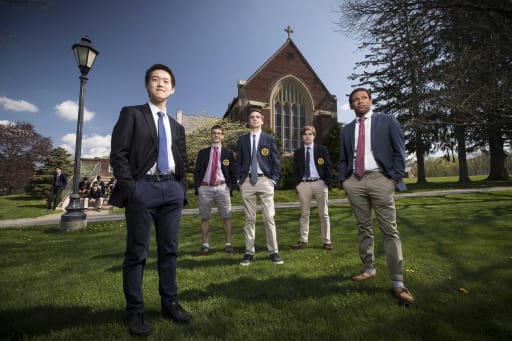
11. Trinity-Pawling School – $62,000
Trinity-Pawling School is an all-boys school located in New York that aims to provide a transformative experience for boys. “No boy sits on the sidelines” is a quote they strive to live by. Boys are transformed for the better through collaboration, critical thinking, and innovative thinking. The school sits on 230 acres, so there is more than enough space for these boys to explore. The tuition is $62,000 per year.

10. St. Andrews School – $62,280
St. Andrews School is an all-boarding school located in Delaware. It’s a Christian charter school that aims to provide top of the line education at a minimum cost, though they accept students regardless of religious background. Their goal is to develop students who are curious, thoughtful, creative, and utilize critical thinking. They offer a diverse selection of sports such as cross country, soccer, swimming, baseball, and more. Tuition is $62,280 annually.
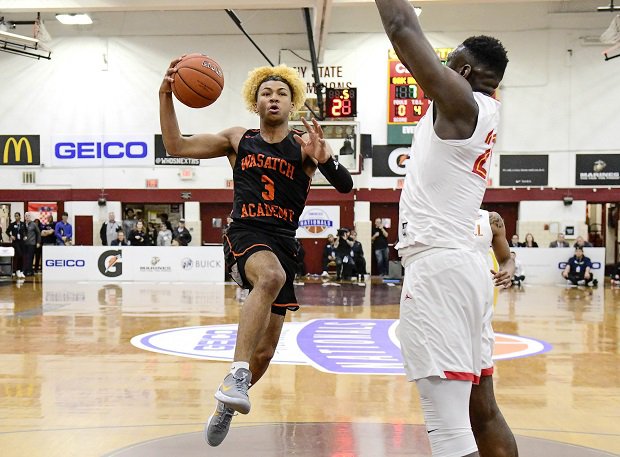
9. Wasatch Academy – $62,300
This diverse private boarding school provides students with an opportunity for personal discovery, hands-on learning, and the potential to elevate their knowledge. Each dorm has what they call a “full-time dorm parent” that provides a home-like feeling in the dorms. What separates this school from others is it’s “Gen-Z” approach. They offer high-level learning services such as engineering, robotics, and technology to provide students with hands-on learning. It also has an art studio, ski club, and rock climbing, to name a few. It’s no wonder it costs $62,300 annually.

8. IMG Academy – $63,000
Imagine a school built for student-athletes with state of the art training facilities. This is exactly what IMG Academy is and what they offer. This is a private boarding school that focuses on helping student-athletes achieve their full potential in sports such as basketball, baseball, tennis, soccer, track, and much more. Your schedule is designed, so you have time for both classes and athletics. Tuition is $63,000 per year for this athletic-based private school.
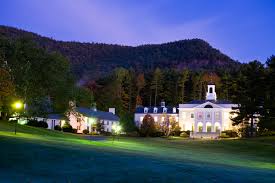
7. The Berkshire School – $64,200
The Berkshire School sits on 400-acres in Sheffield, MA, with a population of 400 students. The school helps to keep student life interesting by offering hands-on learning and real-world experiences that help to develop the mind, which, in turn, helps keep students involved and connected. Their motto “Pro Vita Non-Pro Schola Discimus “Learning—not just for school but for life” perfectly represents their approach to learning. Tuition is $64,200 annually.
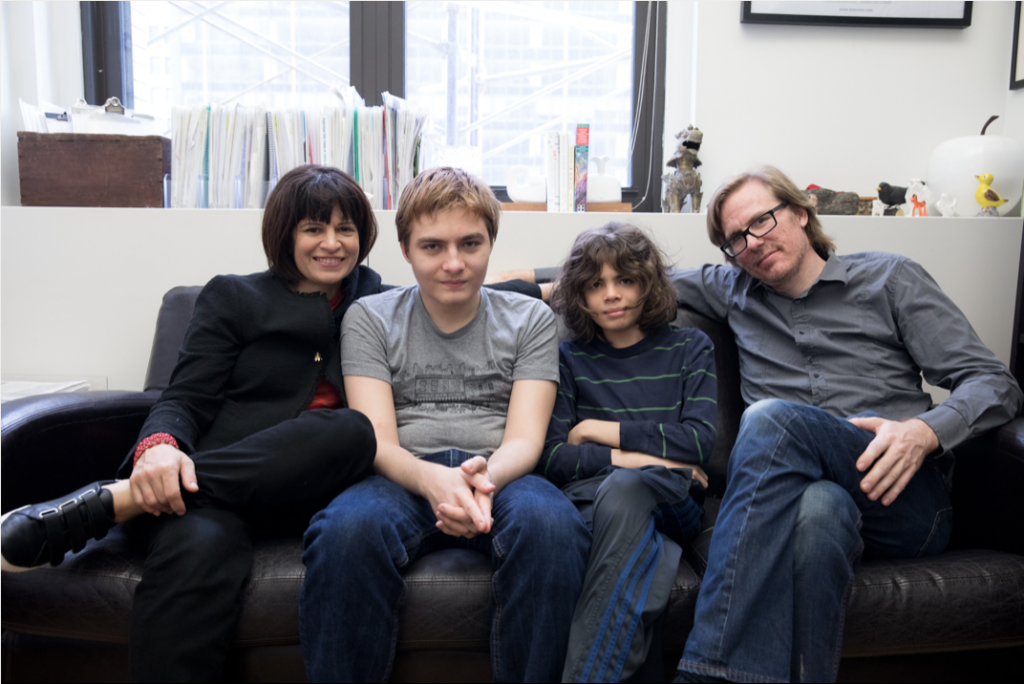
6. The Lang School – $65,000
This private school located in New York has extremely high standards for the performance of their students. For $65,000 per year, students have access to education therapy and counseling to help navigate social changes and the strict curriculum. Each school year, there is a universal question students must answer, but there are no definitive answers.

5. The Oxford Academy – $67,000
When you hear the word Oxford, you generally think of the University of Oxford, one of the greatest colleges in the world. The Oxford Academy delivers on just what you would expect a school with the name Oxford in it to do. They offer individualized learning with multiple one-on-one classes. It’s a small school with just 48 students with visual art classes and character development classes. Varsity soccer, Tennis, and basketball are some of the sports involved with the school, and BeeKeeping is another cool thing. It sits only one block away from the ocean, so with all these fantastic features and offerings, you can expect to pay $67,000 for tuition.

4. The Woodhall School – $74,500
This all-boys private school in Bethlehem, Connecticut, claims to provide an opportunity for success to above-average students who struggle in the traditional school setting. Individualism is a big deal at the Woodhall School as they want students to achieve their full potential. Class sizes are as small as 2-5 students to ensure students can work closely with teachers and their peers. Tuition is $74,500 annually, but that’s the cost of such hands-on teaching.

3. The Quad Preparatory School – $74,850
Quad Preparatory has one goal in mind, and that is to help students they consider gifted. They provide advanced classes completely tailored to challenge the minds of their students in such a way as to redefine the way they think and learn. Gifted students can feel socially different, and Quad Prep aims to provide an environment in which they feel welcomed and happy. Tuition is $74,850 per year.

2. Forman School – $80,000
Forman School is a private boarding school in Connecticut that aims to develop the minds of young people who display higher than normal academic potential. It was founded on the premise that more gifted students were held back by the more normal teaching standards. This college preparatory will set you back $80,000 for yearly tuition.

1. Shortridge Academy – $85,000
This private school located in New Hampshire will cost you $85,000 per year intuition. Shortridge Academy is a boarding school that offers services to 9th to 12th graders. It’s an extremely challenging program with an average of 50 students on campus at any given time throughout the year. The school advertises itself as providing students with a normal lifestyle while also developing critical thinking skills and individualism. However, their therapeutic support system, which provides students with mental support to deal with new and challenging situations, makes them unique.
Living
New ‘Butter’ Made from CO2 Could Change Food Production

A new type of butter that doesn’t need animals or farmland might soon be available in the US. This innovation, created by the start-up Savor, uses carbon dioxide (CO2) to make a vegan fat. This could help reduce carbon emissions and protect rainforests.
Savor’s “butter” is made in a way similar to how fossil fuels are processed, not food. Kathleen Alexander from Savor says, “There is no biology involved in our specific process.” This butter doesn’t need animals, fertilizers, hormones, or antibiotics. It’s real fat, not a substitute, so it carries the same calories and flavor without the environmental drawbacks.
Savor’s method involves taking CO2 and adding heat and hydrogen to create fat chains. These are then mixed with oxygen from the air to produce fats and oils similar to those we use in cooking. This process avoids the use of animals, palm plantations, and harmful chemicals, making it an efficient and eco-friendly method.
Savor is working with chefs to create recipes using this new butter. They are offering samples to professional chefs and bakers to test in their kitchens. This innovation could change how we make milk, ice cream, cheese, meat, and tropical oils.
Bill Gates, who supports Savor, highlights the benefits of this new butter in a blog post. He explains that the process does not release greenhouse gases, uses no farmland, and requires very little water. Importantly, it tastes like real butter because it chemically is.
Cows produce a lot of methane, a powerful greenhouse gas. According to UC Davis, cattle are the largest agricultural source of greenhouse gases, contributing to 14.5% of global emissions. While there are dairy alternatives like margarine, these often rely on plant oils, which still need land and resources to grow. Palm oil, for instance, has been linked to deforestation and biodiversity loss.
Savor’s butter stands out because it doesn’t require the plants, animals, or chemicals used in traditional fat products. So far, Savor has raised over $33 million from investors like Breakthrough Energy Ventures and Climate Capital. The company hopes to bring its butter to the market soon and is also exploring making other products like milk, cheese, and tropical oils.
This new butter could be a big step towards more sustainable food production, offering the same taste and quality without the environmental impact.
Living
Tiny Saunas Help Frogs Fight Deadly Fungus
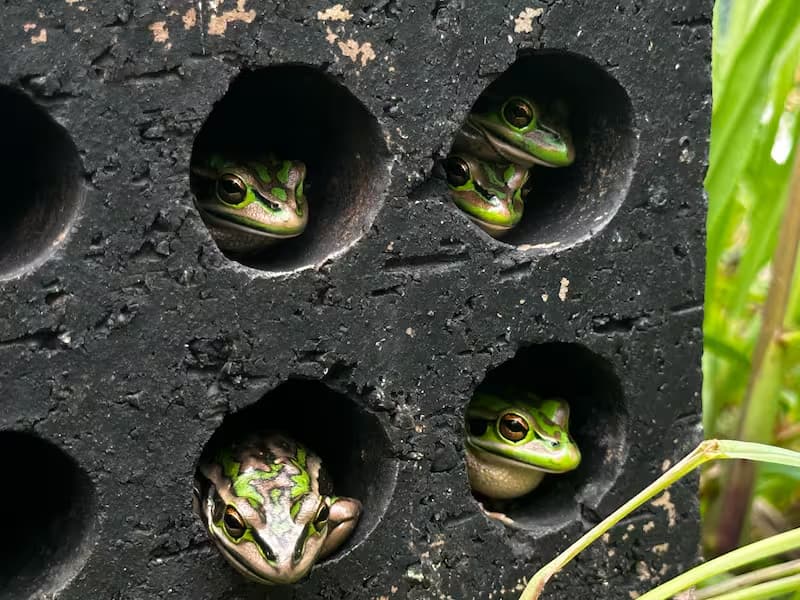
A little heat might be the answer to help frogs fight a dangerous fungal infection.
Researchers have found that tiny brick saunas, warmed by the sun, can help green and golden bell frogs battle chytrid fungus. This fungus has been a major problem, causing declines in at least 500 amphibian species, including these frogs, which have disappeared from much of their natural habitat in Australia.
Chytrid fungus thrives in cooler temperatures but can’t survive above 86°F. Frogs, however, prefer slightly cooler temperatures, around 84°F, which still isn’t ideal for the fungus. Infection rates go up in winter when it’s colder.
Anthony Waddle, a conservation biologist at Macquarie University in Australia, wanted to see if warmer shelters could help frogs fight off the fungus. He and his team set up 12 outdoor habitats, each with water, fake plants, and black masonry bricks inside little greenhouses. Some habitats had only healthy frogs, while others had a mix of healthy and infected frogs. Half the shelters were shaded, and the other half were left in the sun to test different temperatures.
The frogs quickly made themselves comfortable in the saunas. When it was about 68°F to 77°F outside, the unshaded bricks provided an extra 15 to 20 degrees of warmth. The shaded shelters were about 4.5 degrees cooler than the unshaded ones.
Frogs in the warmer, unshaded shelters had higher body temperatures and milder infections over the 15-week study. Even shaded saunas helped infected frogs fight the disease, increasing their survival rate to be similar to that of healthy frogs.
Frogs that overcame the infection were less likely to get sick again. The study found that frogs that had fought off the fungus before were 23 times more likely to survive a reinfection.
These saunas could be a big help for bell frogs and other urban-dwelling amphibians. “Bell frogs used to live in people’s toilets and letterboxes and everywhere before chytrid,” says Waddle. “Creating these warm habitats might help them increase their numbers again.”
The shelters are cheap and easy to build, so frog enthusiasts could set them up in their gardens, says Erin Sauer, a disease ecologist at the University of Arkansas.
However, not all frog species will benefit from these warm hideouts, cautions Cori Richards-Zawacki, an amphibian biologist at the University of Pittsburgh. Some species that like cooler environments, like the Panamanian golden frog, might not find these saunas helpful and could even become more vulnerable to the fungus at higher temperatures.
“Chytrid is a massive problem,” Waddle says. While the study doesn’t offer a complete solution, it does provide some hope.
Living
South Sudan’s Major Effort to Protect World’s Largest Mammal Migration
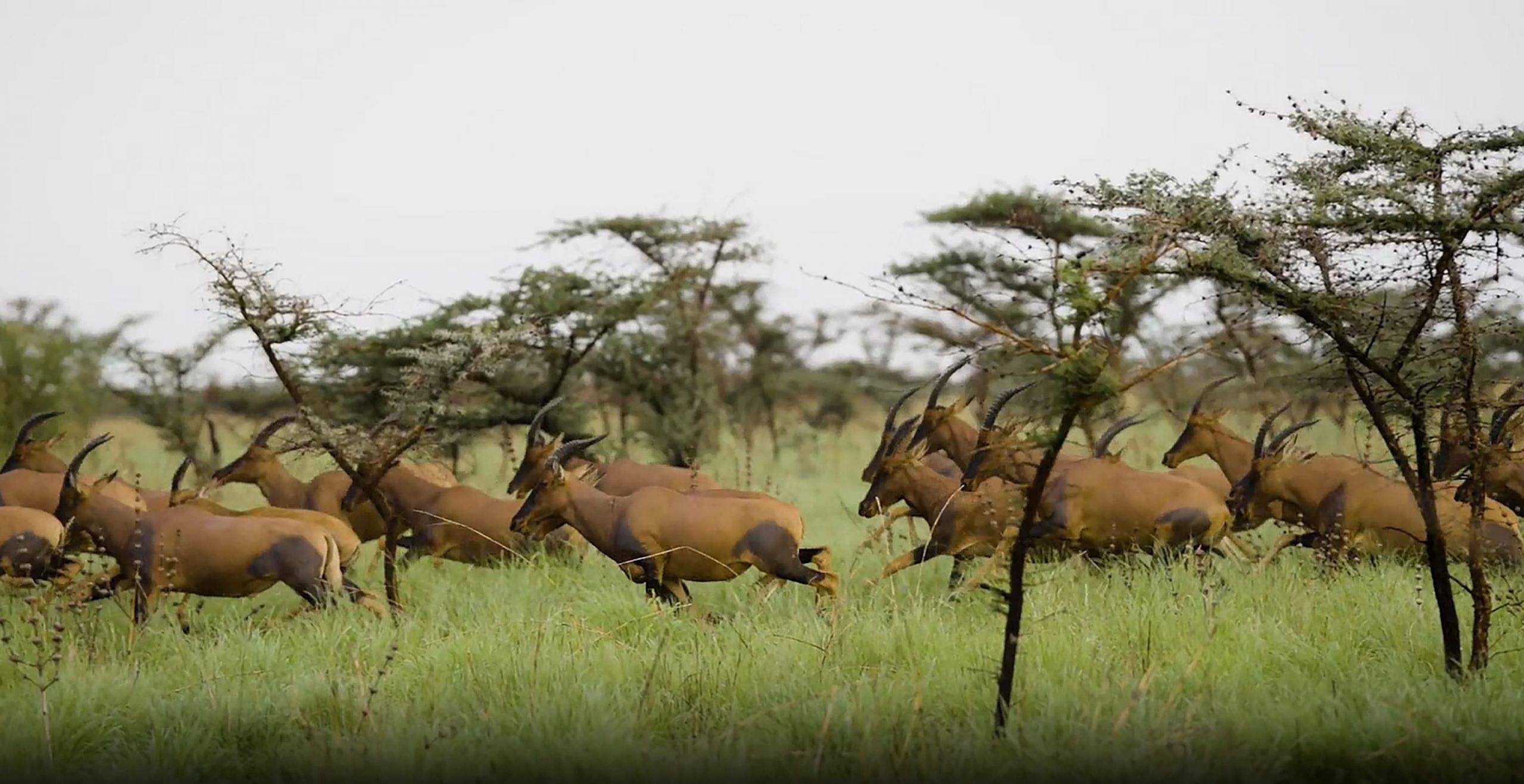
South Sudan is working hard to protect the largest land mammal migration in history. The country has teamed up with the nonprofit African Parks to safeguard the many species that depend on this ecosystem.
The migration helps animals like the white-eared kob, tiang, Mongalla gazelle, and bohor reedbuck survive seasonal changes. The goal of the partnership is to protect up to six million animals on the east bank of the White Nile, a tributary of the Nile River.
Despite facing challenges like flooding, famine, and a recent civil war, many animals have survived by following ancient migration routes. They travel through “No Man’s Land,” vacant areas left by indigenous tribes for the animals to pass through. In 2022, African Parks and South Sudan signed a 10-year agreement to manage Boma National Park and Bandingilo National Park, both located in these areas, to help protect the species.
Researchers knew about the migration but didn’t understand it well. To learn more, African Parks, South Sudanese students from Juba University, and local people conducted aerial surveys over six months in 2023. They collected data daily, counting and identifying each species. They found that the animals moved in a circular route influenced by rainfall, as they searched for water resources.
David Simpson, park manager for African Parks, shared his experience from one of the surveys. “We flew for the first 30 to 40 minutes, and we didn’t see anything. I was like, ‘Oh, no, maybe it’s over. Maybe the wildlife has already disappeared,'” he told ABC News. “Then we get out there and we start hitting one, two, three, four. Then we start hitting hundreds and then we start hitting thousands, and then tens of thousands, then hundreds of thousands.”
To better understand the animals’ movements, African Parks began collaring species involved in the migration, as well as giraffes, lions, Nile lechwe, elephants, and cheetahs. Last year, rangers collared 126 animals across different species, and this year they collared 127, with plans to increase the number each year.
South Sudan is home to seventeen ethnic groups, each relying on the animals for clothing, shelter materials, medicine, and cultural traditions. They see the migration as a sacred symbol of abundance and prosperity. The communities are also working with African Parks to learn conservation measures that reduce threats to wildlife.
“Most people view the migration as something that has been going on for centuries,” Anthony Abang John Urbano, a member of the Bahr el Ghazal tribe, told ABC News. Urbano has worked as a backseat observer during the aerial surveys and continues to work as a control operator with African Parks. “When it comes to some specific communities, [the migration is] a mystery, but they all are benefiting from the same migration — it’s a mutual benefit,” he said.
African Parks has hired many indigenous members to help bridge the gap between conservation and the needs of local communities. Together, they work to raise awareness about animal conservation and involve the community in preserving the ecosystem.
“They are really proud that we are exposing that natural resource, especially the wildlife under conservation of South Sudan,” said Juanna Kenneth Ali, a member of the Moru tribe and a technician for African Parks. “They are really proud that I am part of a group who did great work exposing our nature to the world.”
As South Sudan faces increasing human development, including road construction and bushmeat poaching, the sustainability of wildlife and ethnic communities is threatened. African Parks predicts that without continued partnership and education on conservation, the animals could disappear within five to ten years. However, they stress that conservation must be balanced with tourism to help boost the economy.
“When it comes to understanding the wildlife and interacting with communities, human development can only lead to a sign of an animal losing its natural behaviors and, some suggest, losing agility,” noted Mapour Kuot Mungu, a control operator for African Parks’ South Sudan team and a member of the Bahr el Ghazal tribe. “With time, these animals become vulnerable to practices being caused by humans.”
Living
Basketball Star in the Making: One Man’s Amazing Journey

Nkwain Kennedy Lamiress is chasing his basketball dreams all the way from Cameroon, Africa. He’s become famous on social media for his hard work and positive attitude. Even NBA players are taking notice!
Kennedy doesn’t have fancy equipment or courts to practice on. Instead, he uses what he can find – stairs, tires, and bottles. He shares videos of his training on TikTok and Instagram, where millions of people follow him.
“I’m going to say something that’s hard to hear. You’ll have to let people underestimate you,” Kennedy says in one of his popular videos. He believes in himself, even when others don’t.
Kennedy’s dedication has caught the eye of some big names in basketball. NBA champion Stephen Curry started following him online. Another player, Lamar Odom, was so impressed that he sent Kennedy new shoes and basketballs.
Every day, Kennedy wakes up early to do chores. Then he walks 25 minutes to a clay court where he practices for hours. After that, he lifts weights in a homemade gym.
Making it to the NBA is incredibly hard. Less than 1% of all basketball players in America make it. The odds are even tougher for someone from another country. But Kennedy isn’t giving up.
Life in Cameroon isn’t easy. The country has been at war for years, and many people live in poverty. Sometimes Kennedy has to stop practicing and run for safety when there’s fighting nearby.
Despite these challenges, Kennedy stays positive. He wants to inspire other kids in Cameroon. “It doesn’t matter where you come from, you can achieve what you want,” he says.
Kennedy often posts inspiring messages online. Some of his favorites are:
- “Believe in yourself and you will be invincible.”
- “Change will not come if we wait for some other person or some other time.”
- “Quitting is not an option. I will keep working till I become better at this.”
Kennedy shows that with hard work and a good attitude, you can chase your dreams no matter where you’re from or what obstacles you face.
Living
Anglers Take Action: Buying a River to Save Endangered Salmon

Alarmed by dwindling salmon populations, a dedicated group of anglers in Scotland has taken a bold step. The Blairgowrie Rattray and District Angling Association (BRDAA) recently purchased a four-mile stretch of the River Ericht, a vital spawning tributary for the River Tay system.
The Ericht, flowing through the town of Blairgowrie, has seen a concerning decline in salmon stocks. The BRDAA blames factors like historical water extraction for industry and low water levels. These conditions make upstream migration difficult for salmon, already stressed and vulnerable to predators.
“Salmon stocks are falling across Scotland,” said Grant Kellie, a BRDAA member and representative of the Scottish Gamekeepers Association’s fishing group. “Rod catch numbers are at a record low.” He pointed to water abstractions – diversions for mills and fish farms – alongside aging Victorian weirs as culprits disrupting water flow, especially during dry periods.
The BRDAA is no stranger to conservation efforts. For years, their members have participated in river cleanups, planted trees, and managed invasive species. Owning this section of the river strengthens their position when advocating for change.
“This is not just an issue on the Ericht,” Kellie emphasized. “Many Scottish rivers face similar challenges, hindering the migration of these crucial fish.” He called upon the Scottish government to take decisive action and implement effective strategies to protect salmon. “The current national strategy isn’t working,” he declared. “With salmon now endangered, time is running out for this iconic species.”
Despite the challenges, the BRDAA remains hopeful. Early signs are encouraging, with 38 salmon caught and released this year during the spring run – a key spawning period. They believe their expanded control over the river will provide valuable data to support their lobbying efforts.
The BRDAA’s initiative has garnered praise. “They deserve great credit for taking this critical step,” said George Thomson of the SGA Fishing Group. “This demonstrates their deep passion for salmon and their commitment to this way of life.”
The Scottish government has yet to comment on the BRDAA’s actions, but one thing is clear: these determined anglers are taking matters into their own hands to ensure the future of salmon in the River Ericht.
-

 OMG6 years ago
OMG6 years agoA Couple Gave Birth to the Most Beautiful Twins Ever
-

 OMG6 years ago
OMG6 years ago20 Rare Historical Photos
-

 OMG6 years ago
OMG6 years agoHilarious Airport Photos
-

 Cute6 years ago
Cute6 years agoMom Refuses to Let Daughter Eat Sugar and Years Later This is What She Grows Into
-

 OMG6 years ago
OMG6 years agoTop Secret Air Force One Facts That You Never Knew
-
OMG6 years ago
The Funniest Yearbook Photos Of All Time
-

 OMG6 years ago
OMG6 years agoRetired Mathematician Restores Log Cabin
-

 OMG5 years ago
OMG5 years agoWhat Happened When This ‘Duck Dynasty’ Legend Chopped Off His Beard?